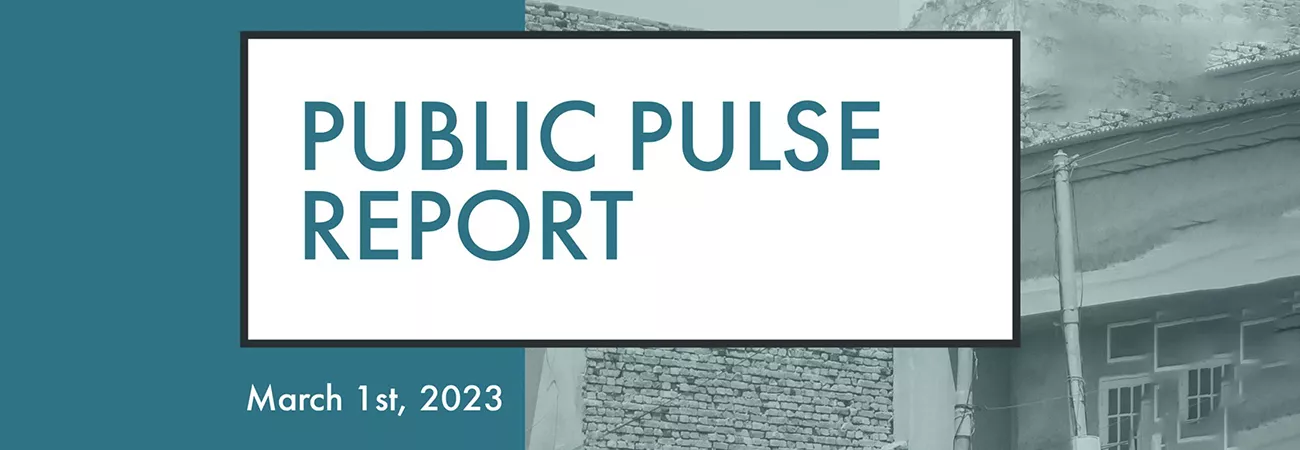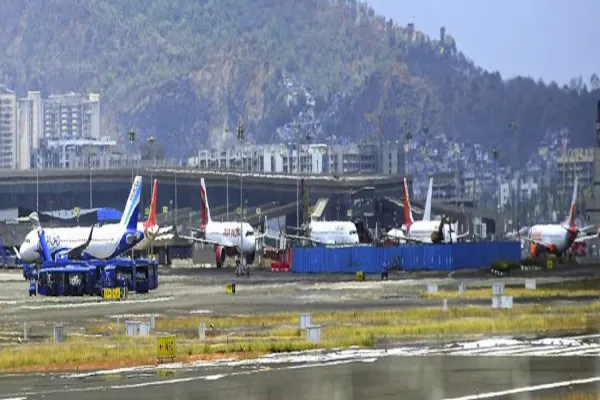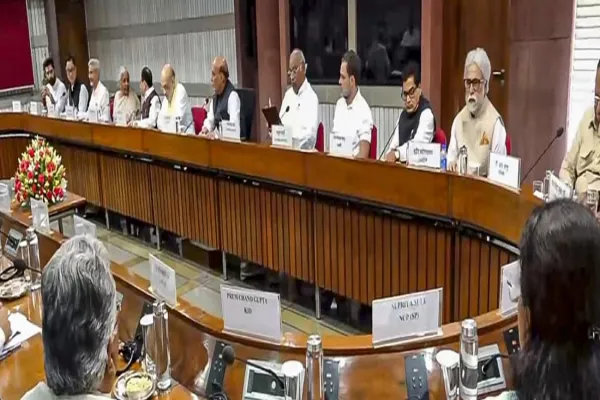i NEWS INTERNATIONAL
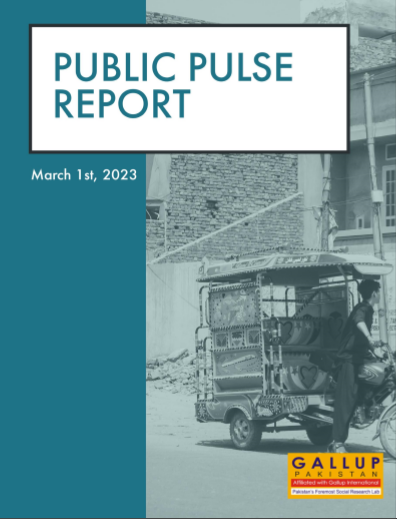
Table of Contents
Topic 1: Economic Issues and who is to be blamed?
Item 1.1: Some people think that the current wave of inflation is to be blamed on PTI government between 2018 and 2022, while others believe it is the responsibility of PMLN-led PDM government. Who do you blame between the two?
Item 1.2: Is there someone in your household who lost his / her job in the past six months?
Topic 2: Approval Rating of Political Leaders
Item 2.1: What is your opinion about the leader Imran Khan?
Item 2.2: What is your opinion about the leader Nawaz Sharif?
Item 2.3: What is your opinion about the leader Bilawal Bhutto Zardari?
Item 2.4: What is your opinion about the leader Maryam Nawaz?
Item 2.5: What is your opinion about the leader Shehbaz Sharif?
Item 2.6: What is your opinion about the leader Maulana Fazl-ur-Rehman?
Item 2.7: What is your opinion about the leader Asif Ali Zardari?
Topic 3: Support for new parties, IK decision to dissolve and Nawaz Return
Item 3.1: If there was a new party formed containing honest political members and technocrats, would you leave your current party and vote for it instead?
Item 3.2: Imran Khan asked his party to dissolve the assemblies in Punjab and KP and therefore new elections are happening in these two provinces. Do you support or oppose this move?
Item 3.3: Do you think Nawaz sharif should return immediately to the country?
Methodology Statement
Disclaimer: Gallup Pakistan has conducted this poll according to the ESOMAR Code of Ethics and internationally recognized principles of scientific polling. The results in this Report do not represent views held by the authors or Gallup Pakistan. The results only represent public opinion, computed on the basis of views expressed by anonymous respondents selected through the procedure outlined in the Methodology section of this Report.
Gallup Pakistan has provided this data in the public interest and gratis. It cannot be held liable, contractually or otherwise, to the users of this data.
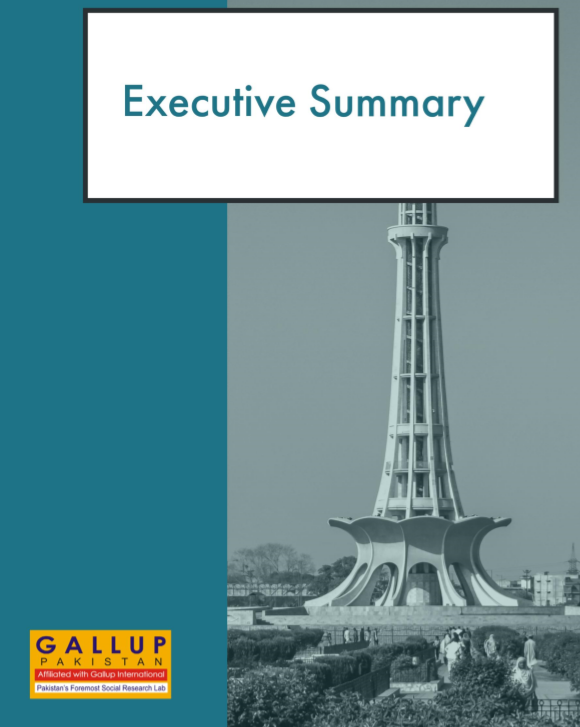
Gallup Public Pulse in Feb 2023 Imran Khan positively rated across the country Voters leave room open for new political party with technocrats
(Islamabad Lahore Karachi) : Gallup Pakistan has released findings from its Nationally Representative survey conducted in the first 20 days of Feb 2023. Following are the key learnings from this report:
1. PDM is getting the blame for inflation and economic instability in the country as 62% Pakistanis say they (PDM) rather than PTI is to be blamed for the current meltdown.
2. Economy is in dire straits as almost 1 in 5 Pakistanis report that they or someone in their household lost their job in past 6 months.
3. If there was a new party formed containing honest political members and technocrats, 53% of the people would leave their current party and vote for the new one instead.
4. Imran Khan was positively rated with 61% of Pakistanis having a good opinion about him. At the second position is Nawaz Sharif and Bilawal Bhutto with 36% Pakistanis having a good opinion about both of them.
5. Majority 61% want Nawaz Sharif to return. 91% PMLN voters also want him to return.
Survey was conducted with around 2000 respondents covering all four provinces, urban and rural areas of Pakistan. Error margin for such a survey is around 3-4% at 95% confidence level.
DETAILED FINDINGS OF THE SURVEY ARE BELOW
1. Economic Issues and who is to be blamed? Most people blame PDM/PMLN for the current economic crisis.
Public opinion on whom to blame for the current economic crisis is clear as majority (62%) put the blame on PDM/PML-N while only 38% blame the previous PTI government for the current wave of inflation. It does not come as a surprise that an overwhelming majority of those who put the blame on PDM/PML-N had voting intentions for PTI and vice versa.
Massive unemployment in recent months : As far as unemployment is concerned, 21% reported that someone in their household has lost their job in the past six months.
2. Approval Rating of Political Leaders: Imran Khan seems to be the most positively rated politician while opinion regarding Asif Ali Zardari is least positive.
a. Imran Khan received a positive rating from 61% of the population while 37% rated him negatively. 29% from Punjab, 28% from Sindh and 14% from KP gave him a positive rating, the highest amongst the provinces for any politician.
b. Almost 3 in 5 (59%) gave Nawaz Sharif a negative rating while 36% gave him a positive rating. People from KPK rate him more negatively than people from other provinces.
c. 36% rated Bilawal Bhutto positively while 57% gave him a negative rating. However, out of all the provinces, he got most positive ratings from Sindh only.
d. Maryam Nawaz was rated negatively by 61% while 34% gave her a positive rating. People from Punjab see her in a positive light as compared to other provinces.
e. 65% Pakistanis rated Shehbaz Sharif negatively while 32% gave him a positive rating. People from Punjab rated him more positively as compared to other provinces.
f. Maulana Fazl-ur-Rehman received a negative rating by 57% while only 31% gave him a positive rating. He received the least negative ratings from people from KPK.
g. Asif Ali Zardari was rated negatively by 67% while 27% rated him positively. Since 2022, Zardari has gained a more favorable opinion amongst the population. However, people from Punjab gave him the most negative ratings, followed by KPK and then Sindh.
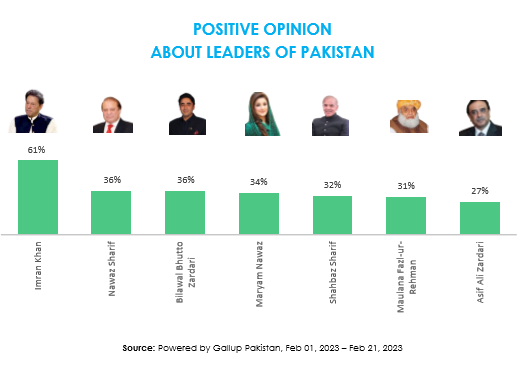
3. Majority would support a new party with honest members.If there was a new party formed containing honest political members and technocrats, 53% of the people would leave their current party and vote for the new one instead. 53 % said yes when asked ‘If there was a new party formed containing honest political members and technocrats, would you leave your current party and vote for it instead?
The highest proportion of people who said they would leave their current party and vote for the new, honest party were people aged 50 and above. Moreover, 8% more males than females favored voting for the new party with honest political members. Surprisingly among political party voters, highest % of voters ready to leave their party to such a party were found in PTI where the figure was 52%.
4. With a thin majority voters believe Imran Khan did the right thing by dissolving assemblies. As far as Imran Khan’s decision to dissolve assemblies in Punjab as KP is concerned, 57% support the decision.
Of those who said that they support his decision, majority (83%) belong intend to vote for PTI, while only 24% of PML-N supporters think that Imran Khan’s decision to dissolve the assemblies and hold new elections is right.
5. Majority favor Nawaz Sharif’s immediate return to the country.61% are in favor of Nawaz Sharif’s immediate return to the country. The highest proportion of people who are in favor of Nawaz’s immediate return were from KP 67%, followed by 64% from Punjab.
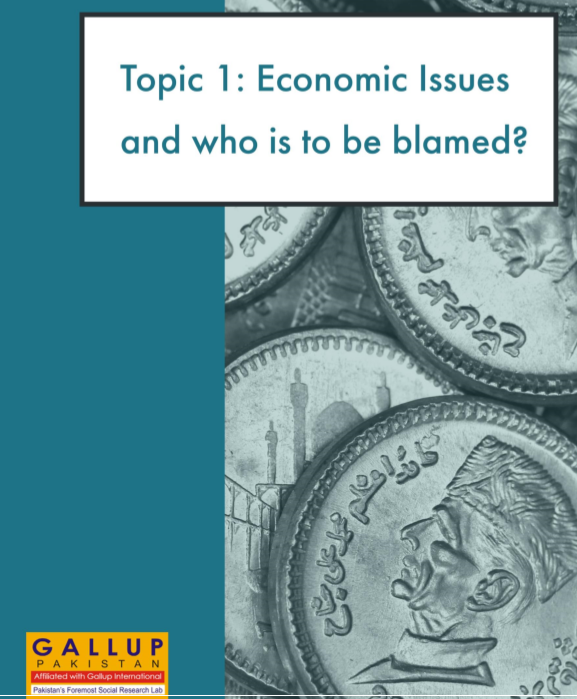
Item 1.1: Key Finding
Question: Some people think that the current wave of inflation is to be blamed on PTI government between 2018 and 2022, while others believe it is the responsibility of PMLN-led PDM government. Who do you blame between the two?
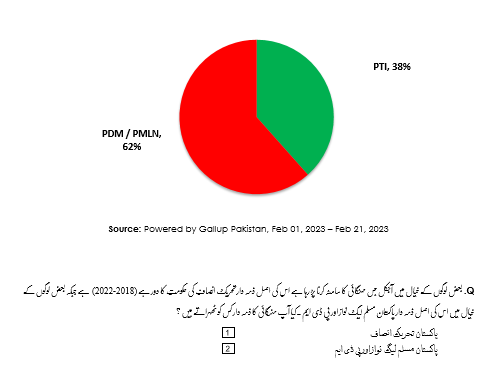
Item 1.1: Statistical Analysis Question: Some people think that the current wave of inflation is to be blamed on PTI government between 2018 and 2022, while others believe it is the responsibility of PMLN-led PDM government. Who do you blame between the two?

Cross tabulation data has lower statistical accuracy than the topline data due to smaller sample size. Results should be considered only indicative and interpreted with caution and correlated with other data points.
Item 1.2: Key Finding
Question: Is there someone in your household who lost his / her job in the past six months?
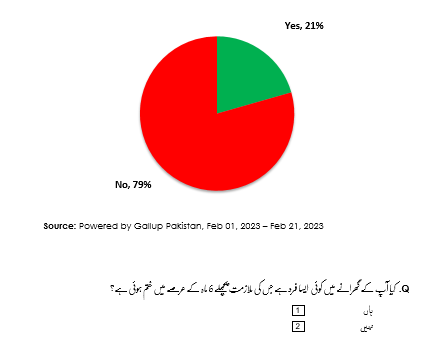
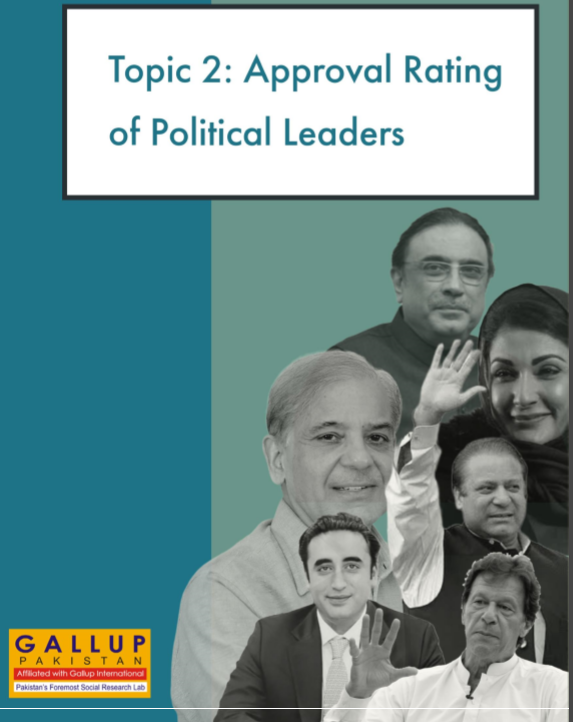
Item 2.1: Key Finding
Question: What is your opinion about the leader Imran Khan?
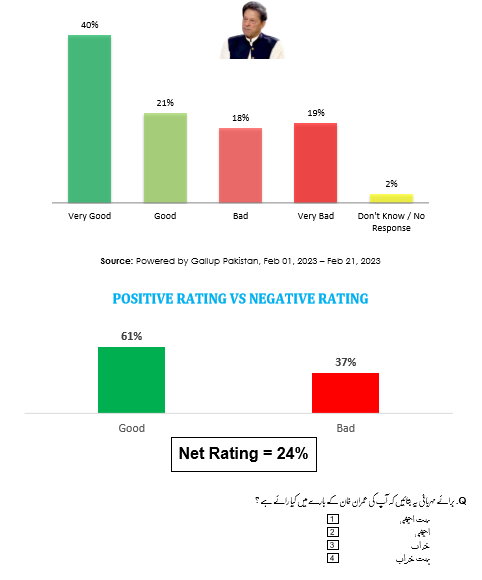
Breakdown by Province
Net RATING ONLY
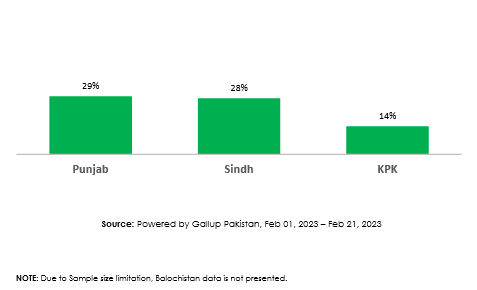
Item 2.2: Key Finding
Question: What is your opinion about the leader Nawaz Sharif?
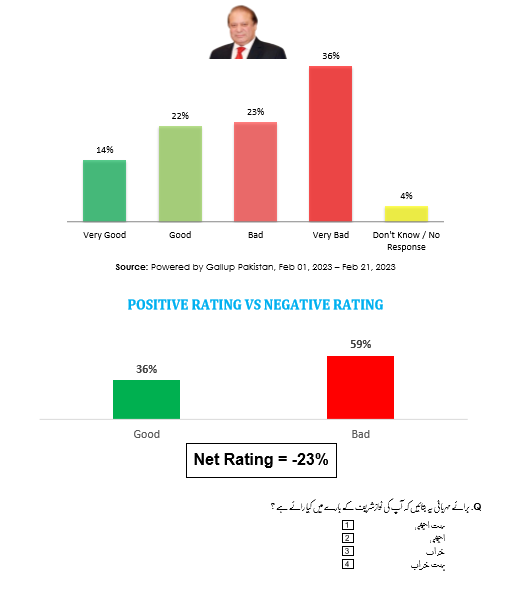
Breakdown by Province
Net RATING ONLY
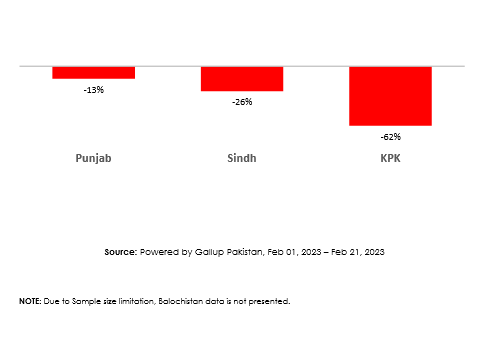
Item 2.3: Key Finding
Question: What is your opinion about the leader Bilawal Bhutto Zardari
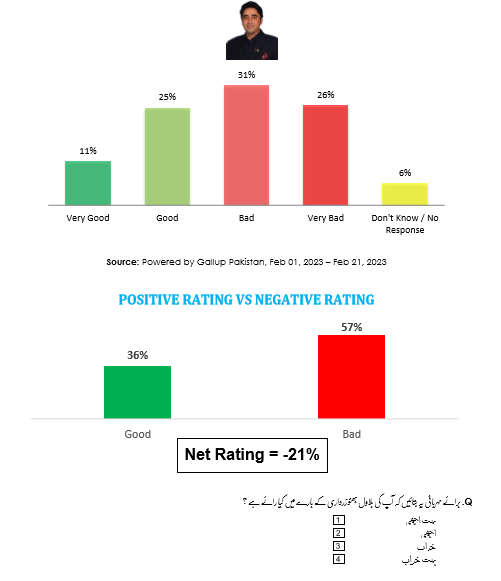
Breakdown by Province
Net RATING ONLY
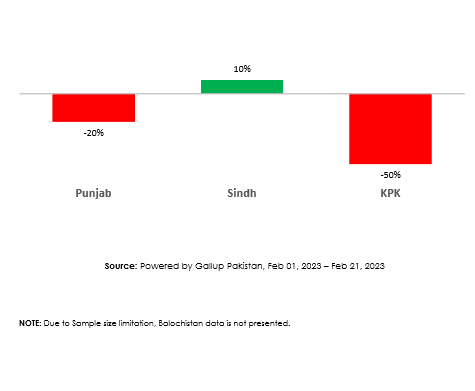
Item 2.4: Key Finding
Question: What is your opinion about the leader Maryam Nawaz?
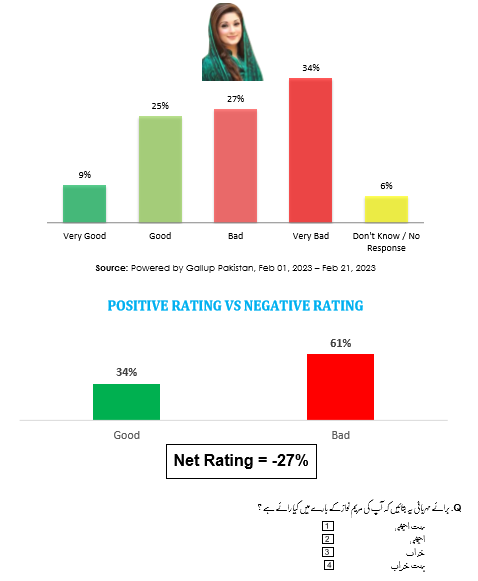
Breakdown by Province
Net RATING ONLY
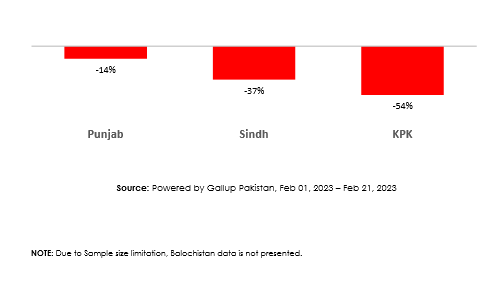
NOTE: Due to Sample size limitation, Balochistan data is not presented.
Item 2.5: Key Finding
Question: What is your opinion about the leader Shehbaz Sharif?
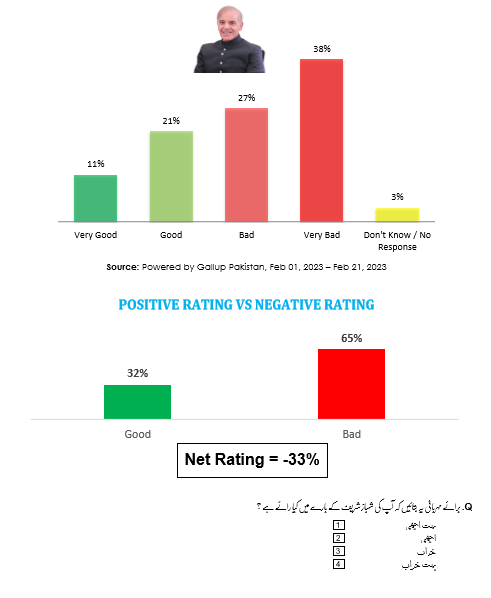
Breakdown by Province
Net RATING ONLY
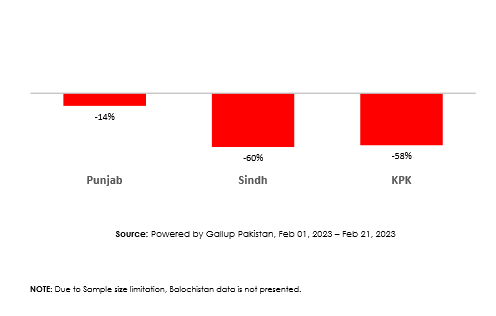
Item 2.6: Key Finding
Question: What is your opinion about the leader Maulana Fazl-ur-Rehman?
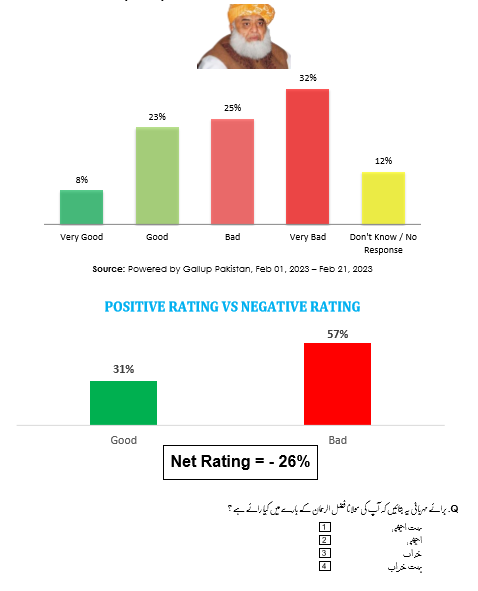
Breakdown by Province
Net RATING ONLY
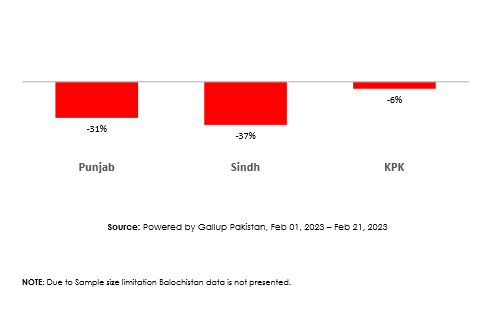
Item 2.7: Key Finding
Question: What is your opinion about the leader Asif Ali Zardari?
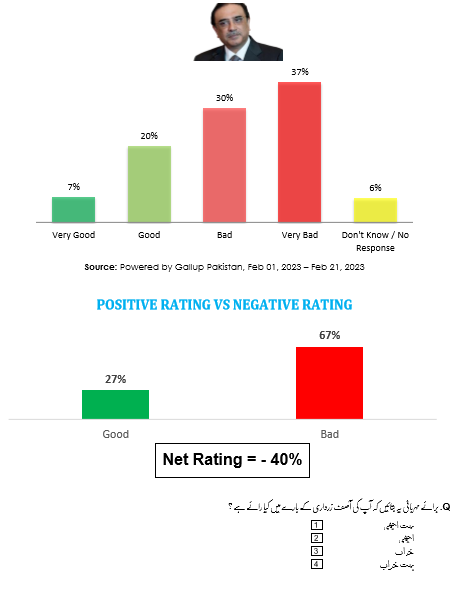
Breakdown by Province
Net RATING ONLY
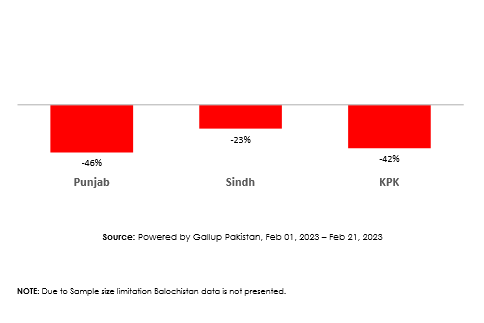
POSITIVE OPINION ABOUT LEADERS OF PAKISTAN
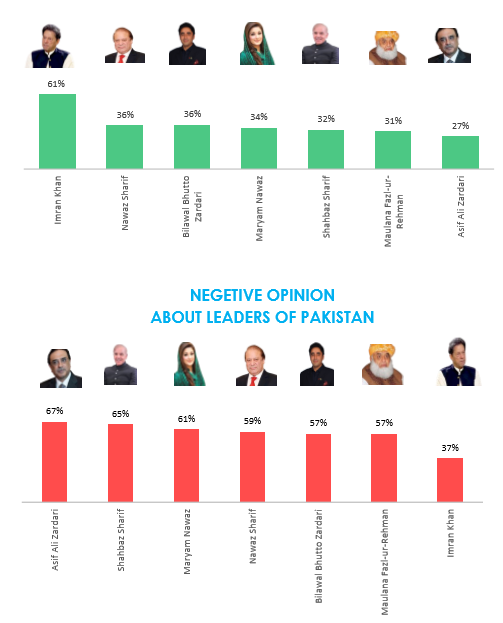
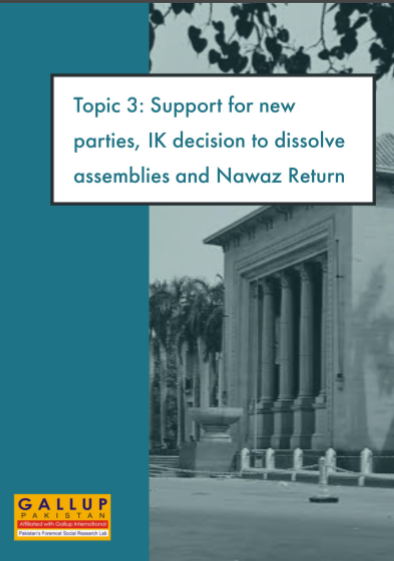
Item 3.1: Key Finding
Question: If there was a new party formed containing honest political members and technocrats, would you leave your current party and vote for it instead?
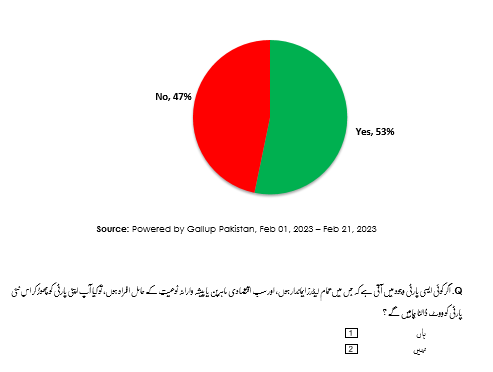
Item 3.1: Statistical Analysis Question: If there was a new party formed containing honest political members and technocrats, would you leave your current party and vote for it instead?
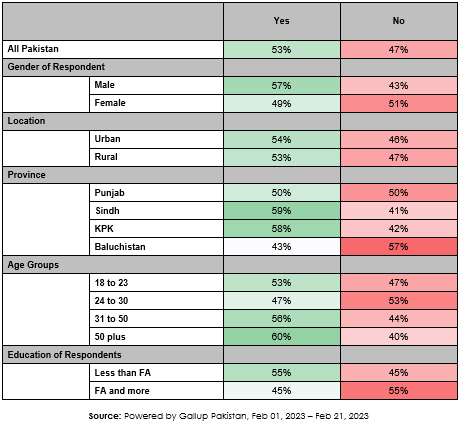
Cross tabulation data has lower statistical accuracy than the topline data due to smaller sample size. Results should be considered only indicative and interpreted with caution and correlated with other data points.
Item 3.2: Key Finding
Question: Imran Khan asked his party to dissolve the assemblies in Punjab and KP and therefore new elections are happening in these two provinces. Do you support or oppose this move?
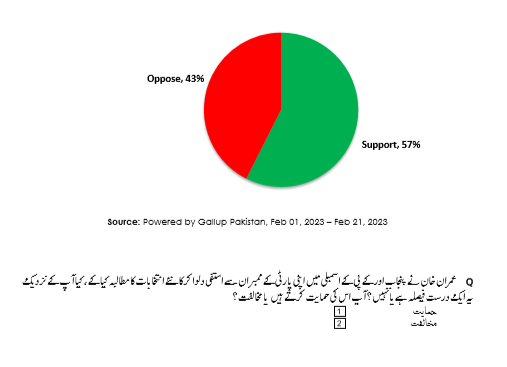
Item 3.2: Statistical Analysis Question: Imran Khan asked his party to dissolve the assemblies in Punjab and KP and therefore new elections are happening in these two provinces. Do you support or oppose this move?
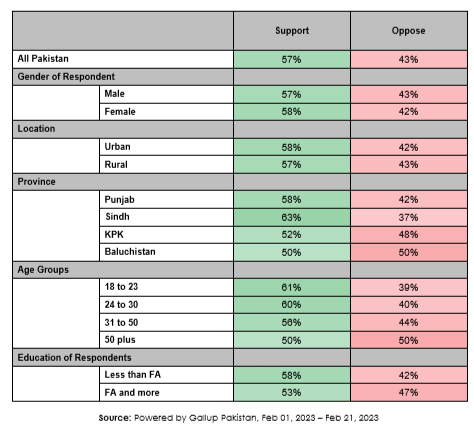
Cross tabulation data has lower statistical accuracy than the topline data due to smaller sample size. Results should be considered only indicative and interpreted with caution and correlated with other data points.
Item 3.3: Key Finding
Question: Do you think Nawaz sharif should return immediately to the country?
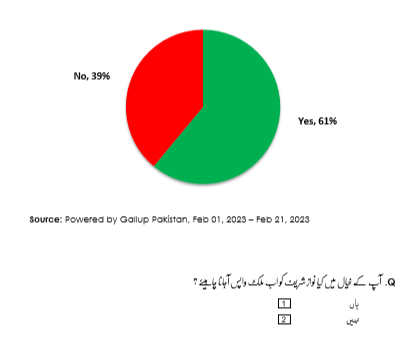
Demographics
PART:3


Further details on RESEARCH METHODOLOGY
Table of Contents
A- Sample Profile B- Sample Selection Procedure
C- Field Work Procedure
D- Data Entry and Verification
Note: This Detailed Methodology is a standard procedure followed in public opinion polls. Specific details of the sample profile may vary from poll to poll. The specific sample profile as well as other variations may be included either in this Note as well as the Summary version or can be obtained upon request.
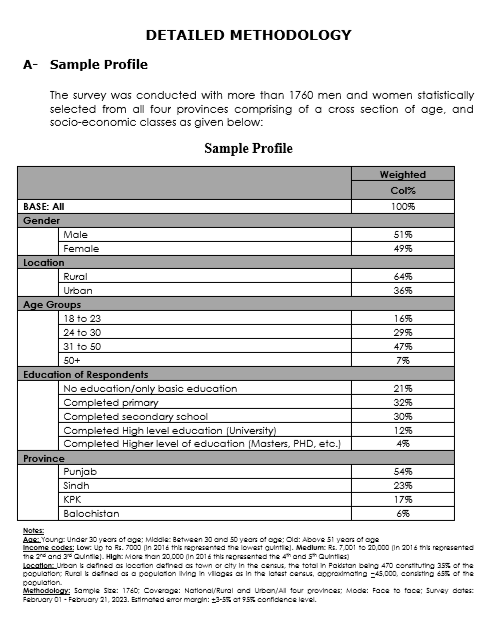
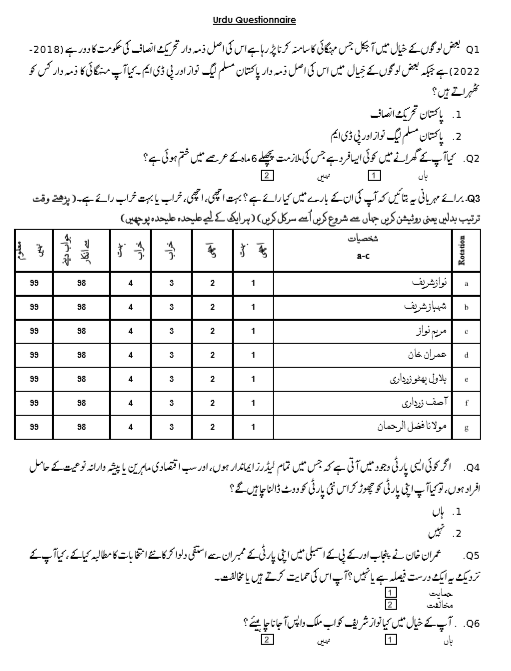
B- Sample Selection Procedure
This survey uses stratified random sampling. Following steps have been used to achieve this:
Stage 1: Stratification:
Stratification is principally at two levels:
a. The First stratification is by PROVINCE, of which there are 4 in Pakistan.
b. The Second stratification is by size of location. We stratify by 4 types of locations: Large/Metropolitan Cities (there are 3); Medium size (those whom population is over 100,000 persons); Towns (those whom population is less than 100,000) and Villages (those declared as such in the Census).
Stage 2: Selection of Communities:
Within each stratum communities are selected through a random process. In some cases we make replacements by communities of similar profile with a view to logistical and other considerations.
C- Fieldwork Procedure
Briefing/Training of interviewers:
The Questionnaire Designed for the survey is briefed to the interviewers at Regional Centers across the Centre. The interviewers are instructed on measures such as:
1. Following Sampling/Quota Instructions Properly
2. Ethical Code of Conduct towards interviewers
3. Following skipping Instructions and other interview instructions on the Questionnaire
4. Maintaining Neutrality in asking Question
Mock Calls:
After the briefing is completed all the field workers do the mock calls under the direct supervision of an executive or a fieldwork supervisor. This ensures that the field workers properly understand the instructions and they can handle various interviewing problems during the interview (in the field). After completion of mock calls, a debriefing session is arranged in which the problems faced by the interviewers during the mock interviews are discussed and solutions are suggested.
Initial Checking:
After the training, the interviewers go into the field for actual interviewing. The first ten filled in questionnaires of every interviewer are thoroughly checked by their supervisor to ensure that the interviewer is performing well. In case the work of an interviewer is not acceptable he/she is disengaged from the survey.
Field Editor or Intake Edit:
In normal routine at least 30-40 interviews of each interviewer are visually checked by the supervisor before passing them to Data Coding/Entry department. The problems or missing information identified during field edit are explained to the relevant interviewer and he/she is instructed to rectify them either through telephone and/or revisit the respondent for clarification and re-asking the missing questions.
Supervision & Back Checking:
It is essential that the interviewers are properly supervised on the job and the work done by them is back checked. At least 20% back checking is done on work completed by each interviewer to ensure authenticity of data.
Data Coding/Editing:
About 20% work of each coder is rechecked and verified by the concerned DC Supervisor/In-charge.
D- Data Entry and Verification
GP’s Quality Manual contains a detailed check-list on the handling control, entry and other steps involved in the management of data.
Once the questionnaires are received from the field, they are checked and the responses of open-ended questions are coded with the help of a code list. A coding scheme/book/guide is prepared on the basis of these questionnaires.
After the coding of open-ended responses, data is entered into computers. GP uses the SPSS data entry program that has flexibility to implement validity checks and skipping rules etc. The SPSS data entry software also has flexibility to verify the entered data by using the double punch options. Gallup normally double punches for 20% of its entered data.
After completion of data entries and double punch, all data is cleaned by using a data-cleaning program written in SPSS which is customized for every project according to the survey/questionnaire needs. Data is thoroughly checked for an omission, displacements and other error resulting in inconsistencies with the coding scheme.

Credit : Independent News Pakistan-INP



